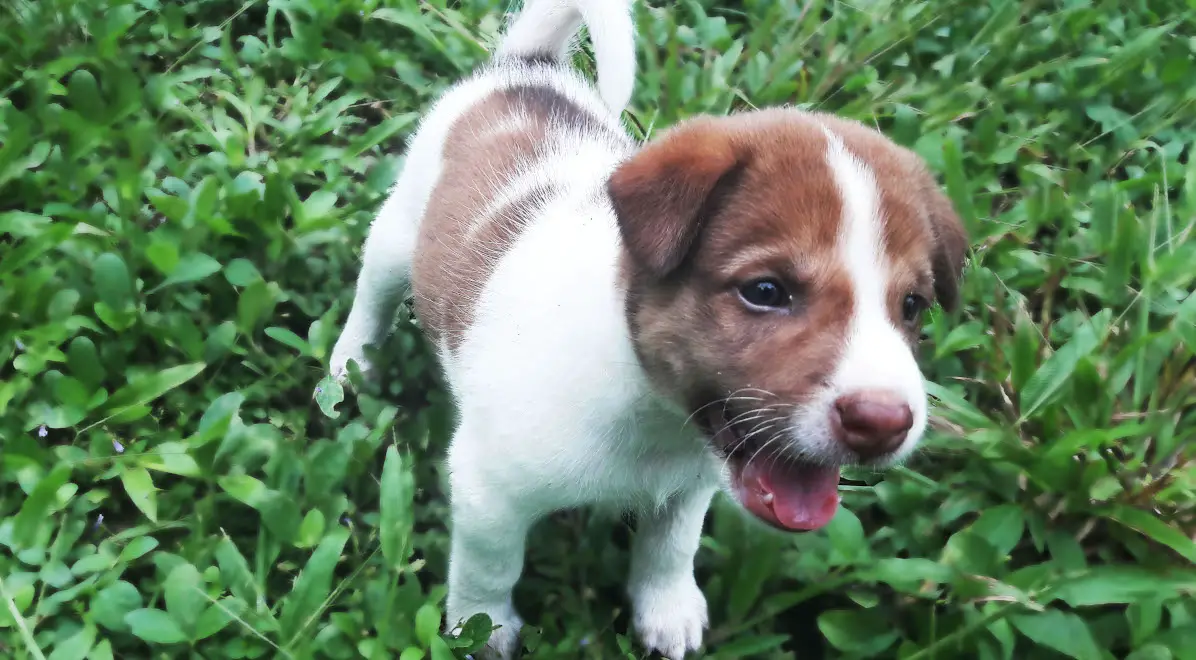Table of Contents
To say the Jack Russell Terrier is a wilful breed is an understatement. We don’t — lovingly — call them Jack Russell Terrors for nothing!
*This post may contain affiliate links. As an Amazon Associate we earn from qualifying purchases.
And when it comes to potty training, this can be a challenge.
So what’s the best way to housetrain a Jack Russell Terrier?
Turns out, there are a few different methods.
The Goal of Housetraining

That’s pretty obvious, right? You want your dog to potty in the designated spot, preferably not inside the house.
It can be easier said than done. Nonetheless, it can be done.
As long as you approach it the right way.
How Not To Do It
Punishment and shame don’t work. Shouting, hitting, or swatting your dog with a rolled-up newspaper will only make them fear you and fear potty training. On top of that, it will teach your dog to do their business in private — and in places where you can’t get to it easily.
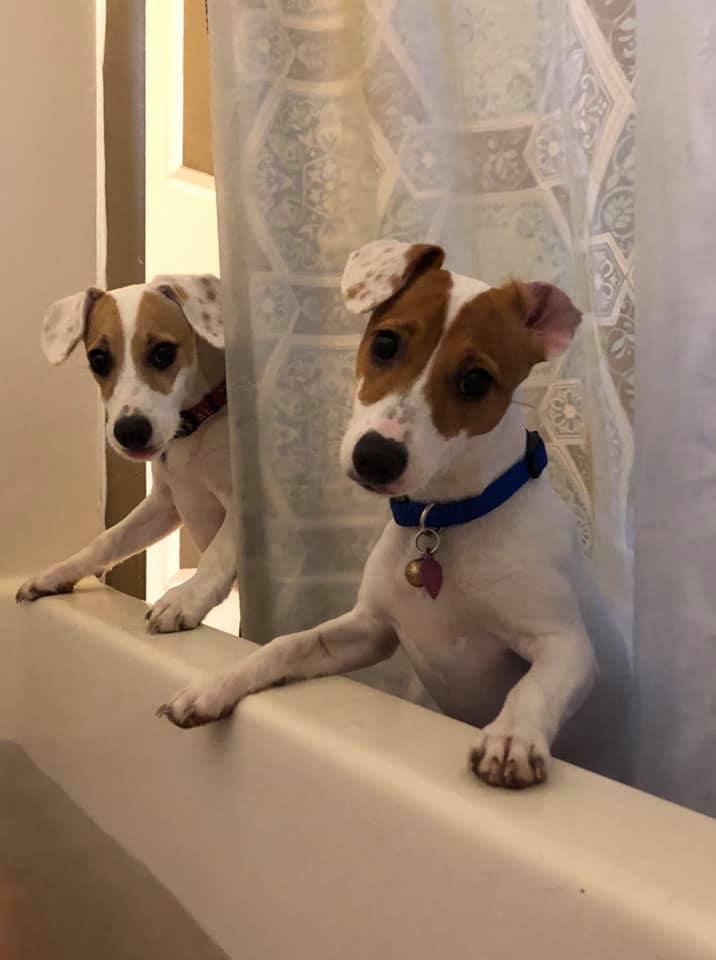
Treat housetraining like any other kind of training. Make your expectations clear. Be consistent. Reward your pup when they do what you want them to do.
Be kind and patient. Though it may seem otherwise, ultimately your dog wants to please you. You just have to show them how.
How Long Does it Take?
Generally, potty training a puppy takes a few weeks. Some dogs take to it naturally, while others may need a bit longer to get with the program.
In addition, there are some other factors that may affect how long it takes. These include:
Your consistency
It’s important to establish a routine and stick with it. You can find a sample routine here.
Take your dog to the designated toileting space the first thing in the morning, right before you go to bed, and regularly throughout the day. The Humane Society suggests every two hours to start.
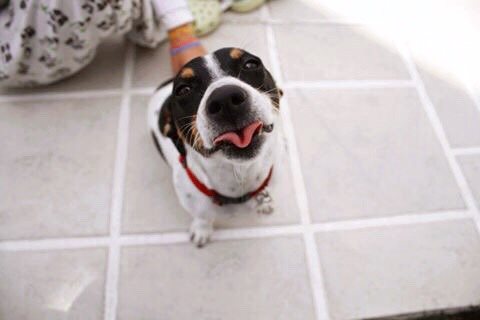
Keeping a consistent schedule will help them to understand that there are certain times for toileting. This, in turn, will help them to develop the ability to “hold it.”
Also feed your puppy on a schedule. Because what goes in must come out, and, generally speaking, it will come out regularly.
How long can a dog hold it? According to the Humane Society, one hour for every month of age. So a four-month-old puppy should be able to hold it for four hours.

In addition, learn to recognise when your dog needs to “go.” They may become restless. They may start sniffing around at the floor or circling around. You might also notice them heading for a place in the house where they have “gone” before.
When your dog looks like they need to go, take them outside to the designated spot, whether they’re “on schedule” or not.
How old your dog is
You can teach an adult dog to do their business outside. However, adult dogs who have never been housetrained may take longer to learn. So be patient!
Also, a senior dog — that is, a dog over the age of seven — may not be able to hold their bladder or bowels as long as a younger dog. So keep that in mind as well.
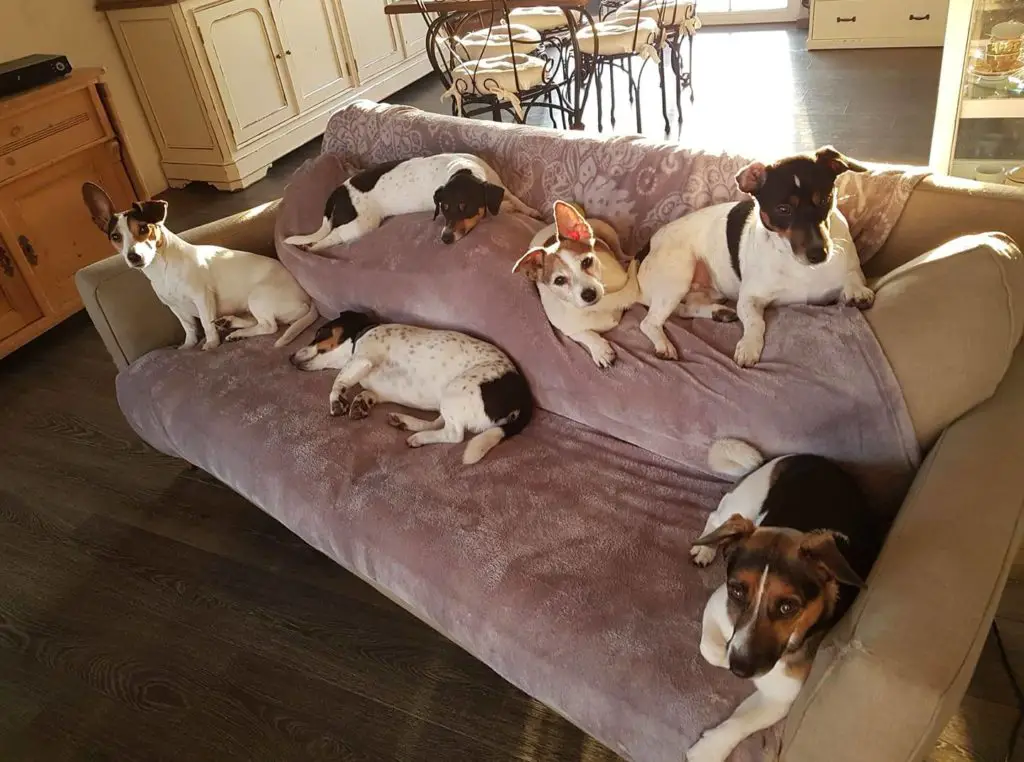
Rather than setting a schedule with an adult dog, create your schedule around your dog’s existing elimination habits. This will make the process easier and more natural for you both, and will make it less stressful for your dog.
You can reinforce your training by associating a word with it, such as “potty” or “go out.”
Your dog’s prior experiences
If you’re adopting a rescue dog or an adult dog, their prior experiences are going to come into play a lot, whether you like it or not. And some of these experiences may involve potty training.
Dogs who were raised in outdoor kennels may never have received housetraining. They’ll need patience and repetition to learn what you expect from them.
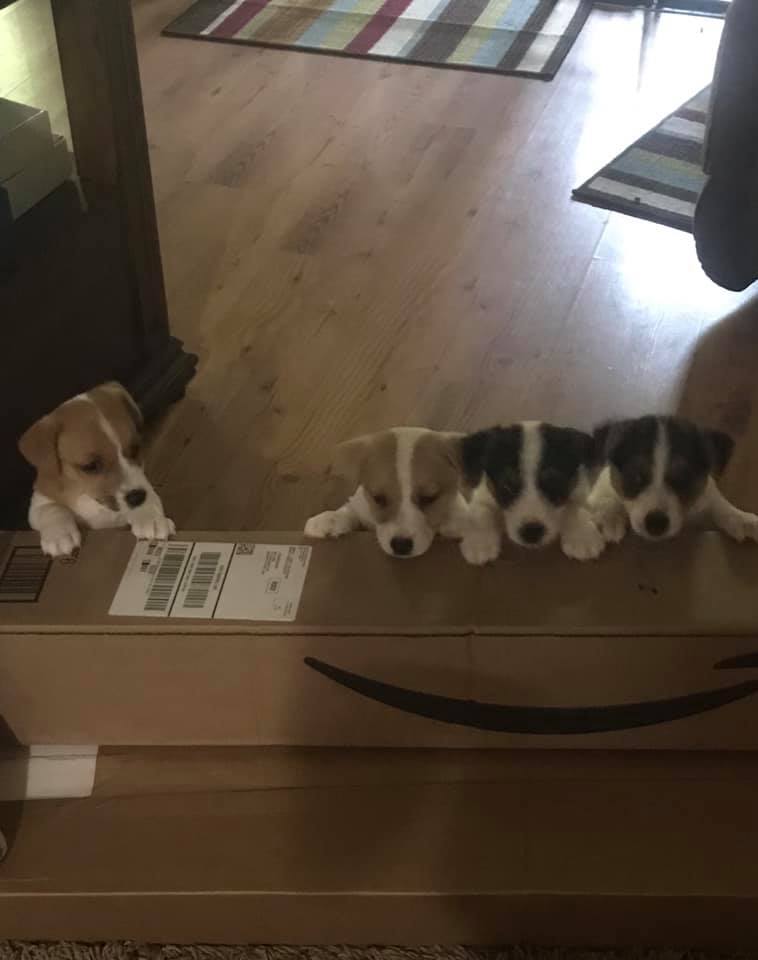
A dog who was shamed or punished for doing its business inside may have learned a different lesson: don’t get caught! So instead of telling you they need to go out, they might sneak away to do their business somewhere where they think you won’t find it.
That can be a tough habit to break. But with love and patience — and consistency — you can do it.
Before You Start
First, have a plan. Be prepared to do it consistently. And be patient.
Also, make sure to clean up the sites of any previous indoor “accidents.” The smells of urine and feces will encourage your dog to use those spots over and over.
Getting those smells out can be hard, but you can do it. Commercial odor-removing products are widely available.
You can also use things that you might already have in your house. Here are two different, all-natural, non-toxic recipes. Always make sure to spot-test any solution to make sure it’s safe for your carpet or flooring.
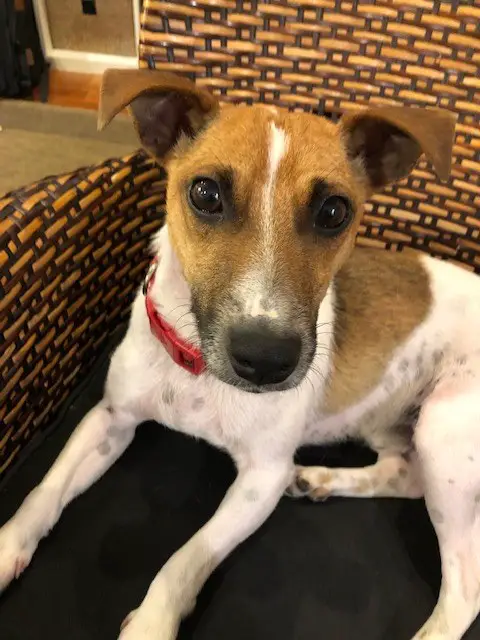
Vinegar and baking soda solution
Make a solution of two cups white vinegar, two cups warm water and four tablespoons of baking soda. You can put this in a spray bottle or dab it onto the spot with a cloth.
Baking soda and hydrogen peroxide solution
Combine one cup of baking soda, half a cup of 3 percent hydrogen peroxide, and one teaspoon of dishwashing liquid (NOT dishwasher soap). This, too, can be applied with a spray bottle or a cloth.
Getting rid of those smells will go a long way toward teaching your dog where not to do their business. Then you can work on teaching them where they should do it.
Supervised Method
You have established your designated potty spot. You’ve created a schedule. Now you have a choice to make: supervised method or confined method.

With the supervised method, you keep an eye on them while they’re inside, and take them out to the potty spot when you notice the signs that they need to go. The Humane Society recommends tethering them inside or outside when you’re not training or playing with them.
Signs of urgency include restlessness, sniffing, circling, squatting, or, in some cases, going to the door.
When you see the signs, take your pup outside to the spot. Wait with them until they “go,” then reward them.
Confinement Method
If you can’t be there every minute to watch your dog, confinement is another method. The theory is that dogs don’t want to be in the same place where they urinate or defecate. The goal is for them to learn to tell you when they need to “go out.”
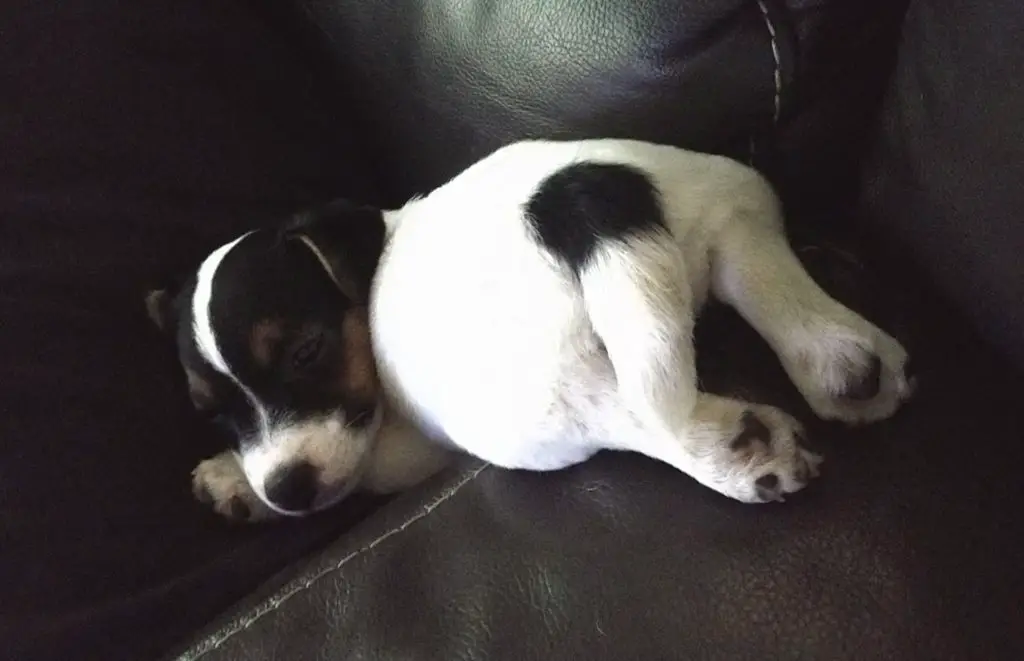
With confinement, you still work with a schedule, and you still have to be consistent. But you don’t have to be present at every moment.
Use baby gates to block off your bathroom, part of the laundry room, or another part of the house. You can also use humane crate training for potty training.
Take your dog out to the potty spot on schedule. Reward them when they do their business outside.
If you can’t take them outside every two hours, or according to your schedule, make sure someone else can.
What about potty pads?
Potty pads are large, absorbent pads that you can put on the floor or in your dog’s crate. Some are scented with chemicals that are meant to tell your dog “do your business here.”
There are different opinions about potty pads. Some say you can use them in conjunction with potty training. Others believe that potty pads may confuse your dog by telling them that it’s OK to potty in the house at the same time you’re trying to teach them not to.

However, potty pads can be used as a potty training aid. Here’s how.
First, teach your dog to go on the pad, and only on the pad. This can be done using either the supervision or the confinement method. Praise your dog every time they use the pad.
Once your dog has mastered using the pad, move the pad closer to the door. When they consistently use the pad in its new location, move it even closer.
Eventually, move the pad right next to the door. Then move it to just outside the door. This will get your dog used to the idea of toileting outside.
Finally, move the pad to the place outside where you want your dog to eventually do their business. Once they’ve mastered this, try going without the pad.
Accidents

No matter which method you’re using, accidents are going to happen. Never punish your dog. Simply clean up and continue with your training. Anger will make your dog fearful of toilet training, and it may teach them to simply do their business in secret.
Accidents may be a sign that you’re moving things along too quickly. Remember all dogs will learn at their own pace.
Are You Ready for a Potty Party?

Potty training takes patience, kindness, and consistency. But keep in mind that your dog wants to please you — even if it might sometimes seem otherwise!
Help your dog know what you expect from them. Reward them for doing that. And when accidents happen? Keep your cool, clean up and move on.
Do you have a JRT potty training method that has worked for you? We’d love to hear about it!
Featured Image: Public Domain, by pikulkeaw_333 , via Pxhere

